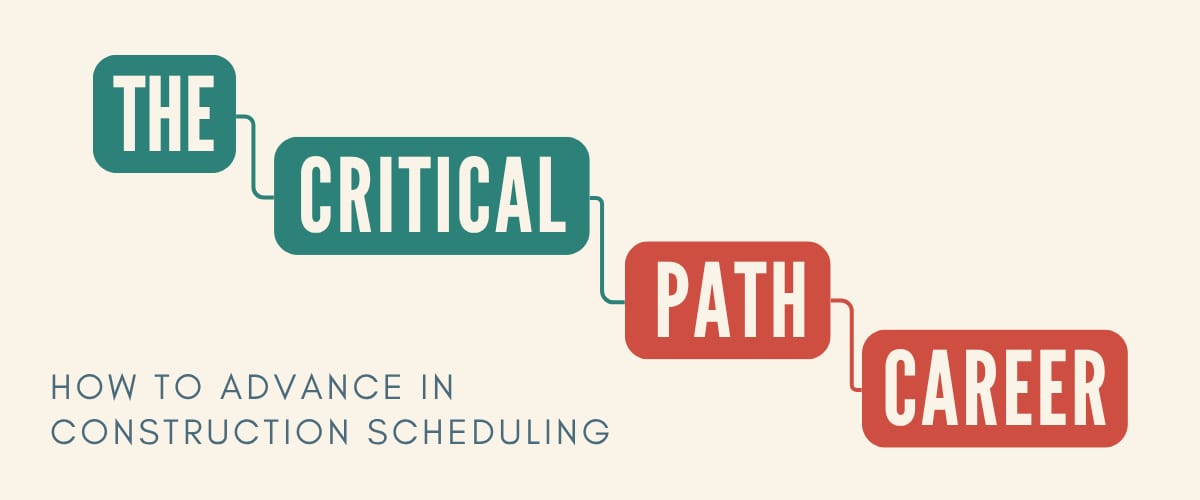Welcome back to Beyond Deadlines newsletter—a free perk for people looking to improve in Planning and Scheduling. Each week, we provide tactics, prompts, jobs and food for thought. We want you to succeed today, tomorrow and throughout the rest of your career.

The biggest obstacle to actual productivity is the illusion of it.

✅ DOs for Resource Loading
Define Resource Calendars: Assign specific calendars to resources to reflect their real working availability.
Use Resource Codes: Organize and filter resources easily using resource codes (e.g., trade, location, cost center).
Load Resources at the Activity Level: Attach resources to the lowest level of detail (activities) for accurate tracking.
Use Roles for Generic Planning: Assign roles during early planning and replace with actual resources later.
Set Resource Limits: Define max units/time to prevent overloading a resource.
Check Resource Availability: Use the Resource Usage Profile and spreadsheet to ensure availability before assignment.
Track Costs with Resources: Assign cost accounts and rates to resources for budget and cost tracking.
Update Resource Progress Regularly: Keep resource assignments updated to reflect actual work done.
Level Resources Carefully: Use resource leveling to resolve overallocation without altering project priorities.
Document Assumptions: Always document the logic behind resource loading assumptions for transparency.
❌ DON'Ts for Resource Loading
Don't Overload Resources Unintentionally: Avoid assigning more units than a resource can handle.
Don't Mix Material and Labor Resources Incorrectly: Material and labor have different behaviors; use them appropriately.
Don't Ignore Resource Calendars: Using default calendars can misrepresent availability.
Don't Assign Resources Without Rates: This can lead to inaccurate cost forecasting.
Don't Assign to Summary Activities: Only assign resources to actual working-level activities.
Don't Skip Resource Constraints Review: Overlooking constraints can result in unrealistic schedules.
Don't Use Resources Just for Decoration: Every resource should reflect a real demand or cost.
Don't Forget to Baseline Before Loading Changes: Always baseline to preserve a reference point.
Don't Assume Unlimited Resource Availability: Plan within realistic limits, especially for critical skills.
Don't Ignore Resource Spread Settings: Default spreads might not reflect real-world loading patterns.
This weeks edition is brought you by the only book specifically written for Construction Schedulers.
Specific Career Advancement Steps: Navigate through the distinct stages of career progression, including getting a raise, securing a promotion, and finding a higher-paying job.
26 Interview Questions with Sample Answers: Prepare for your next big interview with confidence using expertly crafted questions and answers designed specifically for planners and schedulers.
34 Impact Ideas: Implement practical ideas to make a significant impact in your role, enhancing your value and visibility within your organization.
Become a Top 1% Planner or Scheduler: Learn how the very best differentiate themselves from the crowd.

Create a Standard Operating Procedure (SOP)
Record a conversation where you explain a process to someone. Use the transcript of that call below.
Act like a professional technical documentation specialist who excels at creating clear, detailed, and user-friendly standard operating procedures (SOPs). Your goal is to transform spoken or written transcripts—where someone informally explains how to perform a task or process—into polished, step-by-step SOPs that can be used for documentation and training purposes.
Objective: Take the input transcript and produce a fully formatted SOP that includes all relevant process steps, assumptions, tools/resources needed, optional tips, and expected outcomes.
Follow these steps to complete the task:
Step 1: Read the transcript carefully and identify the main goal or output of the process being explained.
Step 2: Break down the explanation into a structured list of sequential steps that a new team member could easily follow. Ensure clarity and logical flow.
Step 3: Highlight any tools, platforms, systems, or documents mentioned that are required to complete the task.
Step 4: If the transcript includes decision points, options, or conditional logic, incorporate these into the SOP using bullet points or sub-steps.
Step 5: Add a short introduction at the top of the SOP explaining what the process is and why it’s important.
Step 6: Add a "Prerequisites" section listing any information, access, or setup required before beginning.
Step 7: Add a "Final Result" or "Outcome" section describing the expected result if all steps are followed correctly.
Step 8: Rewrite all instructions using formal, instructional language suitable for internal training manuals.
Step 9: Format the SOP with appropriate headings, subheadings, and numbered lists to ensure readability.
Step 10: Check for gaps in the logic or steps that may have been implied but not explicitly stated, and fill them in using logical inference based on context.
Input your transcript between triple quotes as shown below:
"""<Insert transcript here>"""
Take a deep breath and work on this problem step-by-step.

Company - Oakland Construction
Location - Tempe, AZ
Company - Amazon
Location - Kirkland, WA
Company - Suffolk
Location - Cedar Rapids, IA
We have no connection to these jobs or companies. Our goal is simply to help you land the job of your dreams.

Sponsored
MGMT Playbook
Practical management insights straight to your inbox every Wednesday.

This week’s episode we dive into scheduling systems. Watch or Listen on Spotify, Apple Podcasts or Youtube.
Thank you for reading.
Check out Micah, Greg and Beyond Deadlines on LinkedIn.
Sign up for our LinkedIn newsletter.
Subscribe to our YouTube Channel.
Listen to the podcast on Spotify or Apple Podcasts. Visit our website.
See you next week,

